Mridula Mishra BA! MA (Fine Arts) ABT
Art Therapist
The use of artistic methods to treat psychological disorders and enhance mental health is known as art therapy. Art therapy is a technique rooted in the idea that creative expression can foster healing and mental well-being.
People have been relying on the arts for communication, self-expression, and healing for thousands of years. But art therapy did not start to become a formal program until the 1940s.
Doctors noted that individuals living with mental illness often expressed themselves in drawings and other artworks, which led many to explore the use of art as a healing strategy. Since then, art has become an important part of the therapeutic field and is used in some assessment and treatment techniques.
Art moves us and allows us to make sense of the world around us. It gives dimension and color to our lives and can teach us in different ways. Art can be a powerful way to connect with humanity. It is one of the most expressive forms of communication. In addition, art therapy works using different interventions such as 6PSM, Mandala, Round robin round, Drum circles, Pottery, Body map, Sculpting, and Paintings. As a tool for those struggling with a mental health or substance use disorder, art can be a way to express trauma, pain, and emotions in an entirely new way.
For those who struggle with drug or alcohol abuse often their initial use started as a form of self-medication. To deal or cope with pain. Unfortunately, numbing thoughts and emotions might seem to work for a while, but we all know trauma requires work to face and overcome, and often the individual needs professional care in order to identify the issue and address the cause at the root. Self-medicating is never a means to an end. It is always a temporary “fix” and often has dire consequences.
So, why are more people not seeking professional care for their addictions and mental health concerns?
There are many reasons why individuals do not seek help, some are:
- Stigma: with so many built-in stereotypes and misconceptions around mental health issues, the stigmas are deeply rooted in our society and culture. Even the media depicts substance abuse in a way that causes those that struggle with it to feel shame and embarrassment, making it hard to speak up and ask for help!
- Financial: Even those that can afford a decent health insurance plan find themselves unable to afford expensive out-of-pocket costs, especially when it comes to mental health care which often is not even covered by the provider. A private addiction treatment facility can charge 20-50K per month. No wonder so many thinks they simply cannot afford care!
- Accessibility: in metropolitan areas, you might find several treatment centers offering varying levels of care right in your own zip code. However, for many in more rural areas, the right care just is not available to them in their own town. Someone who needs outpatient care might find themselves driving an hour for one of our classes or meeting, hardly practical for someone who also needs to take care of life outside of care.
- Misinformation: beyond the misconceptions that still create so much stigma today, a lot of misinformation exists in outdated texts and old websites and blogs that cared more about using marketing messaging to get more leads than educating their users with legitimate information and resources. It’s no surprise people are confused about substance use disorder and how and when to get a car when sleazy marketers have controlled the narrative for so long.
- Lack of support: let us be honest, deciding to enter care is HARD. It is a big commitment both financially and mentally. I cannot even imagine someone in active addiction being able to lift themselves out of the fog long enough to make the choice to go to rehab without some sort of support. Sure, the individual must want to go to care, but they also need family, friends, and a counselor – someone to care about them, listen to their concerns and support them on their journey. Not everyone has that.
ART AND MENTAL HEALTH
As you can see, today there is a heightened risk of mental health decay due to the onslaught of negative social impressions, spread by entertainment media and the viral visibility social platforms create. Those who want to remove drug and alcohol dependency from their lives will find that, even after treatment, maintaining their mental health and avoiding triggers is a challenging, ongoing task.
Never has it been more important to spread awareness about the importance of mental health and advocate for more tools to not only help those in recovery, but their families loved ones, and the communities they live in.
Art is a way to way to reconnect with old passions or even discover new talents we didn’t even know we had. And, perhaps even more importantly, art therapy helps individuals find new ways to express their emotions and heal from their past.
How amazing is that?
Addiction can happen to anyone
Many people who have been caught up in drug or alcohol abuse have self-medicated to forget their pain, or, at the very least, numb its impact. Others’ addictions may have been circumstantial.
For example, athletes after injury or anyone who had undergone surgery were prescribed opioids to relieve pain. We now know that opioid addiction can occur in as little as five days of use. No matter how a person develops a substance use disorder, there are similar results embedded in the process affecting each victim of the disease.
Emotional response and rescue
Over time and with ongoing toxicity from drug and alcohol intake, emotional balance declines. During active addiction, as well as during the withdrawal process, the body and the brain are desperately trying to reset to homeostasis. But without a proper medical detox, and clinical and therapeutic care, true recovery can be a losing battle.
People under the influence of a chemical on a consistent basis will enact inappropriate responses to their environment and social situations. Mood swings, erratic behaviors, and impulsivity are common. Anxiety, depression, and reactive moments are common and may even be the symptoms of post-traumatic stress disorder. All the above are repercussions from the misappropriation of the human “fight or flight” response that drug and alcohol addiction hijacks. As such, an individual can easily overreact to an everyday situation, compounding their problem and making it near impossible for social interactions and the ability to forge healthy relationships.
Exercising creative expression through art is a non-invasive way to put emotions back into place and begin to heal. Self-expression in art eases the effect of trauma.
If you were to take a cross-section of people in addiction treatment and pinpoint the exact root cause for their affliction, you would find that trauma is often the underlying issue that led to substance abuse in the first place.
Through therapeutic treatments, clients learn how to access their emotions and get more comfortable with them. From there, understanding the why of emotional responses helps to better moderate and manage them when they arise. It is often a painful and challenging process that fuels negativity and the resurgence of agonizing memories.
By introducing art therapies, often the individual can take a mental break from the racing and irrational thoughts that present each day and put their emotions into a form that does not always require words. Through a paintbrush, ink pen, charcoal pencil, or the gentle maneuvering of clay, art becomes the expression of emotions that words cannot explain. In essence, art in the process does the talking without speaking a word.
The inner voice needs a healthy outlet.
People, at our core, are made of energy. Some of us naturally have more energy than others. Endurance athletes are a prime example; stage performers carry similar characteristics. After addiction has taken hold of a person, the connection between owning personal emotions and then communicating them to others is lost. Without a way to deal with emotions, mental health is always in flux and at the mercy of what a person can control or not.
Considering that life is full of the unexpected, having an outlet for emotional expression and an overabundance of energy is vital to overall wellness and avoiding potential triggers for drug relapse. Art therapy provides a path to connecting with one’s inner voice and can be a tool for those who need something to turn or help sustain their sobriety, long after professional treatment has ended.
Discovering Hidden talents can heal- “Art, in itself, is an attempt to bring order out of chaos.”- Stephen Sondheim, American composer.
Art therapy encourages sharing and expression. Professional art therapy for addiction recovery is normally done in a group setting as well as in an individual setting as per the client's need where clients can learn to focus on their work while in the presence of others and the therapist.
Art Therapy is not limited to painting and drawing, however, there are many forms of art therapy intervention. Some other types of art used therapy are:
- DRAMA: EMBODIMENT
- MUSIC: DRUM CIRCLE
- 6PSM: SIX-PART STORY MAKING
- SCULPTING: CLAY MODELING, POTTERY
- COLLAGING: MAKING LIFE STORY THROUGH COLLAGING
- STORY MAKING: WORD BY WORD IN A GROUP SETTING
- PHOTOGRAPHY: NATURAL, LANDSCAPE, PORTRAIT, LIFE STUDY
- MANDALA: THERAPEUTIC REPETITIVE PATTERNS USING DIFFERENT COLORS WHICH HAS A MEANING.
- BODY MAP: BODY IMAGE ISSUE ASSESSMENT.
Art therapy is more than an emotional expression; it is a manifestation of a person’s inner feelings. Art therapy helps clients to achieve inner calmness in a state of being mindful and in the present which is obligatory while helping others step outside of the fear of judgment to begin exploring art therapy for them.
Why Addiction Treatment should include ART THERAPY.
There is science behind the inclusion of art during addiction treatment. An article in Psychology Today points to the following benefits of art therapy that align with human needs during the recovery process:
- Self-expression and learning how to just let life flow
- No judgment or shame
- Reconnecting with self, regulating emotions
- Providing purpose while coping with loss
- Help with socialization and promotes playfulness
- Empowers other abilities
- Allows personal healing and shares healing
How Art Impacts Community
Beyond the obvious benefits of art for individuals in recovery, it is obvious all of us could use more art in our lives. Not only could we all benefit from self-expression and the therapeutic benefits that come from practicing art, but using art as a platform to tell a story is a powerful way to connect with others in the community. Although the conversation around addiction has opened in recent years, there are still so many who are hiding in the shadows, living with guilt, shame, and all the other stigmas that surround their disease
By providing them a platform to share their stories we can create awareness amongst the public about mental illness and help society to become more progressive and consider the importance of a healthy state of mind.
Through ART we can reach people who may have not taken the time to understand the growing issue we have in the world around mental health. We can take back the narrative and provide a new way for the public to see how addiction impacts us all.
REFERENCES:
Health, I. N. T. E. G. R. I. S. (n.d.). The role of art therapy in addiction recovery. Integris. Retrieved October 23, 2022, from https://integrisok.com/resources/on-your-health/2020/september/the-role-of-art-therapy-in-addiction-recovery
Aletraris, L., Paino, M., Edmond, M. B., Roman, P. M., & Bride, B. E. (2014). The use of art and music therapy in Substance Abuse Treatment Programs. Journal of addictions nursing. Retrieved October 23, 2022, from https://www.ncbi.nlm.nih.gov/pmc/articles/PMC4268880/



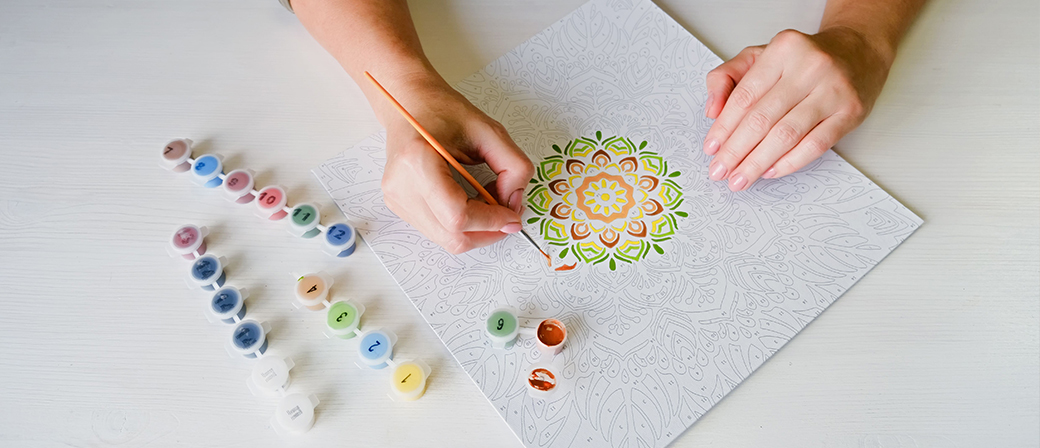
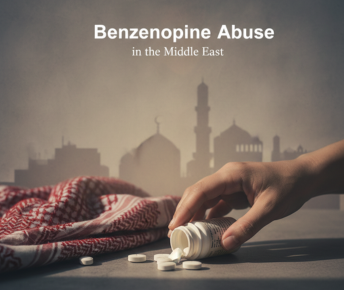
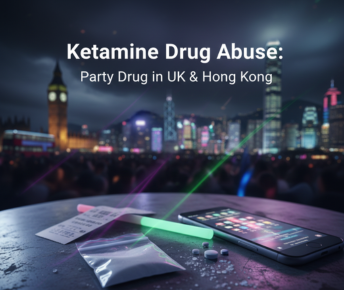
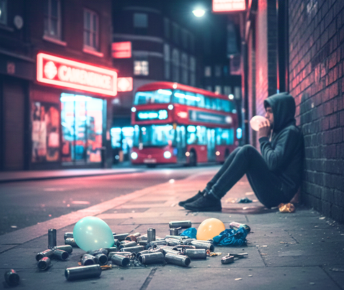










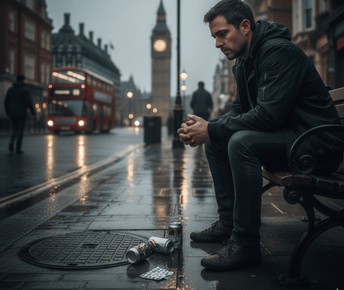
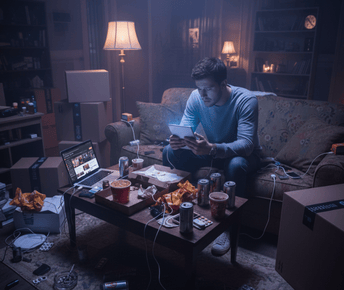


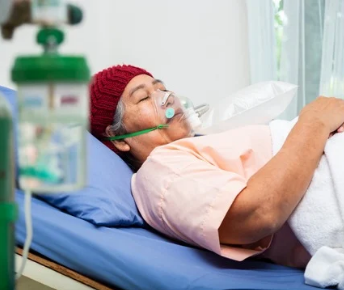
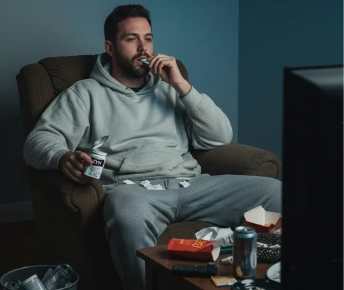

 Yes, many offer serene environments and solid therapeutic frameworks. However, quality varies, so it’s essential to research accreditation, staff credentials, and therapeutic depth.
Yes, many offer serene environments and solid therapeutic frameworks. However, quality varies, so it’s essential to research accreditation, staff credentials, and therapeutic depth.




